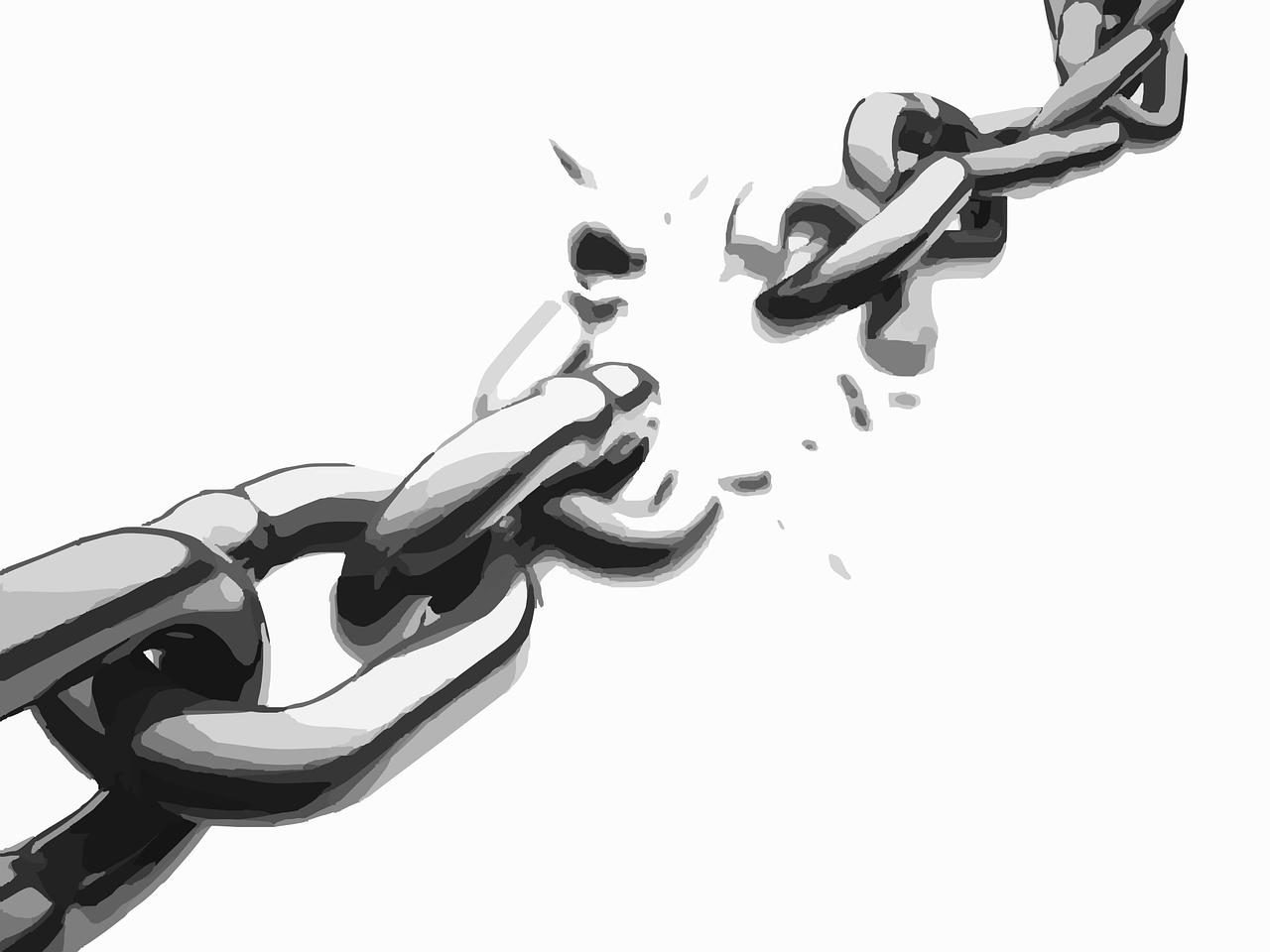In nearly a decade of researching and writing about artificial intelligence in the workplace, I have seen the technology evolve from a curiosity to a daily companion for many professionals. AI has streamlined tasks, uncovered insights, and opened doors to efficiencies that once seemed impossible. But with every technological leap, there are unintended consequences. One of the most concerning I see emerging right now is what I call the “connection crisis.”
Check out the video below or read on to learn more.
It is not just a workplace issue. Across society, people are substituting digital interactions for human ones, sometimes without realizing the cost. At work, AI is accelerating this shift. Instead of walking over to a colleague’s desk to brainstorm or calling a trusted teammate to talk through an idea, more and more people are turning to AI as their sounding board.
On the surface, that might seem harmless. AI is available anytime, never rolls its eyes, and delivers instant feedback. In fact, it is designed to be friendly, agreeable, and encouraging so you keep coming back. The problem is that AI will almost always validate your idea, even when it is flawed. A human colleague might point out weaknesses, ask probing questions, or bring up practical realities you had not considered. That pushback, while sometimes uncomfortable, is one of the most valuable aspects of collaboration.
In other words: I’m not always right. Neither are you. But if AI keeps telling us that we are, then we’re going to struggle even more with critical feedback. That’s another layer beyond the connection piece, but it’s a real challenge.
The Creativity and Critical Thinking Trade-Off
Research over the last year has already shown that overreliance on AI can diminish creativity and critical thinking skills. When AI supplies the ideas, the connections, and even the phrasing, it can short-circuit the mental effort that leads to real innovation. You may get a polished output, but you miss the messy, challenging, and rewarding process of wrestling with an idea until it becomes something better.
This is especially true when it comes to problem solving. If every idea is met with an enthusiastic “great, try it,” you are less likely to explore alternatives, anticipate roadblocks, or test assumptions. Human collaborators, on the other hand, bring their own perspectives, experiences, and yes, their biases. Those differences are what help refine ideas into workable solutions. Without them, you risk ending up with solutions that sound good but fail in practice.
The Subtle Shift in Workplace Relationships
The connection crisis is not just about lost creativity. It is about the gradual erosion of workplace relationships. Every time you choose AI over a coworker for feedback, you miss a chance to strengthen a professional bond. These small moments add up. Over time, teams become less cohesive, trust erodes, and the informal networks that help organizations run smoothly start to fray.
Strong workplace relationships do more than make the day enjoyable. They are essential for collaboration, resilience, and a healthy culture. People are more willing to help each other, share information, and go the extra mile when they feel connected. When AI becomes the default go-to for every question or idea, those connections weaken.
We have to stop building bridges to things and instead build bridges to people.
Outside the workplace context, this level of engagement and dependence on AI is being demonstrated in disturbing ways, such as when people train an AI on the videos, photos, and writings of a loved one who has passed away, creating a sort of “ghostbot” that can respond like the other individual would have. I’m not a therapist but that seems likely to delay the process of grieving and acceptance so people can move on with their lives. Again, it’s an example of building connections with a thing, not a person.
Where AI Fits and Where It Does Not
AI has its place. I use it for automation, data analysis, and certain research tasks. In those contexts, it can save hours and free up mental bandwidth for more meaningful work. But there are areas where I believe AI should never replace human interaction:
-
Brainstorming: Group creativity thrives on back-and-forth discussion, spontaneous connections, and shared energy.
-
Collaboration: Building something together is as much about the process as the outcome.
-
Critical Thinking: The best ideas emerge when challenged and tested by diverse perspectives.
When you have an idea, resist the urge to run it through AI first. Instead, talk to a colleague, mentor, or friend. See how they react. Let them question it, add to it, or even poke holes in it. That human input is what transforms a decent idea into a great one.
Re-centering Human Connection in the AI Era
The solution to the connection crisis is not to abandon AI altogether. It is to use it wisely. Let AI handle repetitive tasks, sift through data, or generate starting points. But for the work that shapes relationships, sparks creativity, and drives innovation, lean on the people around you.
If you are a leader, model this behavior. Ask for input in meetings, encourage team members to share early ideas, and make space for real conversation. Celebrate not just the wins, but the collaborative process that got you there. The more you reinforce the value of human connection, the more your team will follow suit.
We cannot outsource connection. It is built person by person, conversation by conversation. If we let AI replace those interactions, we risk losing not just creativity, but the very fabric that holds our workplaces together. The future of work will be shaped not only by how we use AI, but by how we choose to stay connected despite it.
The question is not whether AI will change how we work. It already has. The question is whether we will allow it to change how we connect.

Ben Eubanks is the Chief Research Officer at Lighthouse Research & Advisory. He is an author, speaker, and researcher with a passion for telling stories and making complex topics easy to understand.
His latest book Talent Scarcity answers the question every business leader has asked in recent years: “Where are all the people, and how do we get them back to work?” It shares practical and strategic recruiting and retention ideas and case studies for every employer.
His first book, Artificial Intelligence for HR, is the world’s most-cited resource on AI applications for hiring, development, and employee experience.
Ben has more than 10 years of experience both as an HR/recruiting executive as well as a researcher on workplace topics. His work is practical, relevant, and valued by practitioners from F100 firms to SMB organizations across the globe.
He has spoken to tens of thousands of HR professionals across the globe and enjoys sharing about technology, talent practices, and more. His speaking credits include the SHRM Annual Conference, Seminarium International, PeopleMatters Dubai and India, and over 100 other notable events.

